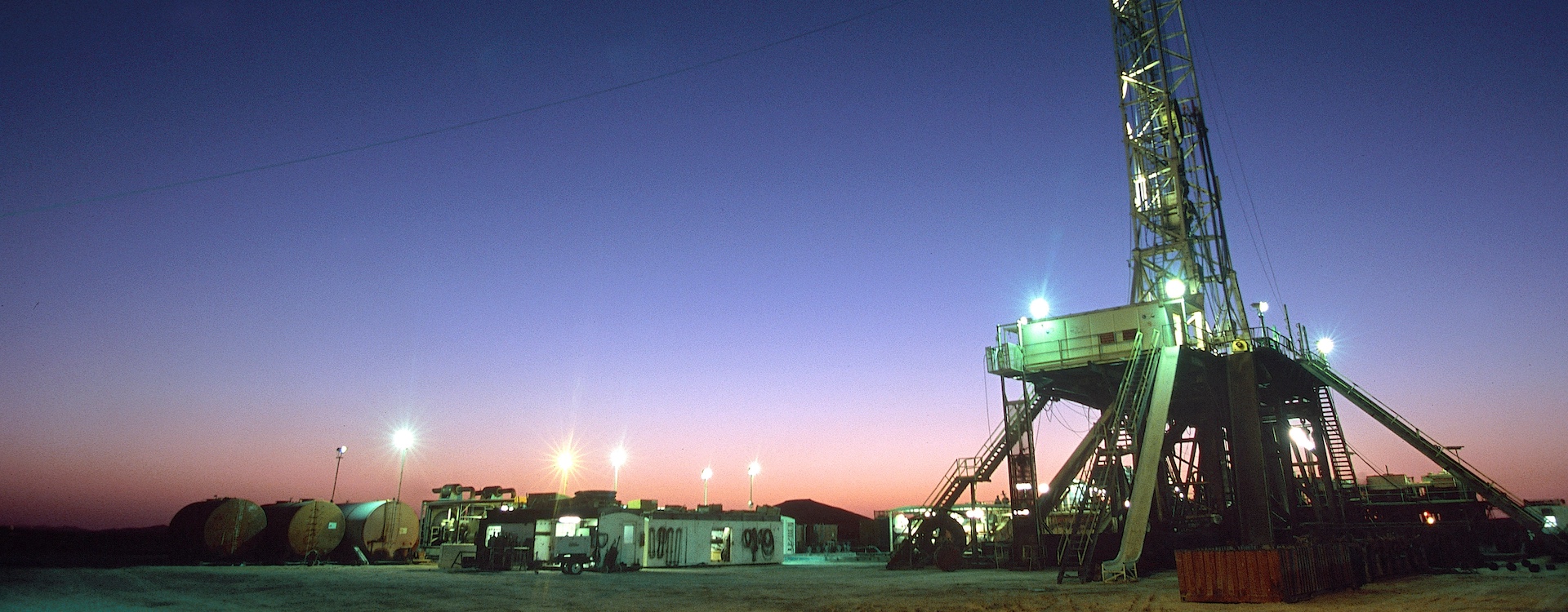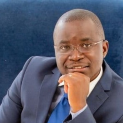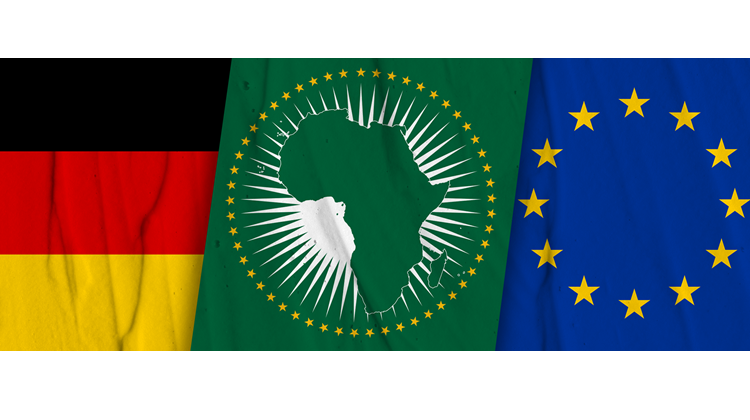A sustainable analysis of Algeria

Effectively using revenues from Algeria’s hydrocarbon sector could help revive its other sectors.
Algeria is among the world’s richest oil and gas producing and exporting countries. It has the 16th largest proven oil reserves globally. It also ranks 10th in proven natural gas reserves, is the world’s fourth largest gas exporter, and has the third largest untapped shale gas resources, according to the US International Trade Administration. Low oil prices, political instability, unemployment and widening fiscal deficits have persistently undermined the economy.
Algeria has been a member of the Organization of the Petroleum Exporting Countries (OPEC) since 1969 and has the same characteristics as the other OPEC member countries in terms of oil and gas richness. However, Algeria differs significantly from other non-African OPEC countries, such as Kuwait, Saudi Arabia and the United Arab Emirates, regarding historical economic performance and development. Non-African OPEC member countries are among the best-performing economies in the world, while Algeria is still behind in terms of growth and development.
Until early 2020, Algeria was classified as an upper-middle-income country before being downgraded to a lower-middle-income country. Algeria’s gross domestic product (GDP) per capita at purchasing power parity dropped from about US$11 900 in 2016 to US$10 800 in 2020. Exchange rates, domestic inflation, trade, economic growth and population growth drive a country’s GDP per capita.
Algeria’s GDP measured at the market exchange rate dropped from US$479.6 billion in 2016 to US$471.2 billion in 2020. The country’s population more than doubled between 1980 and 2021. In 2020, its economy contracted by 5.1% as COVID-19 deeply impacted the oil-reliant economy. In 2021, a strong recovery in hydrocarbon output helped the economy rebound from the pandemic, with GDP growing by 3.5%.
The discovery of oil and gas significantly increases a country’s export revenues and causes the real exchange rate to appreciate
The country’s economic challenges worsened amid the pandemic. Before COVID, Algeria was already facing challenges, such as depleted foreign exchange reserves and negative growth rates. Because of its high dependence on hydrocarbon products, which are characterised by volatile prices, Algeria recorded multiple bouts of negative growth rates from 1986 to 1994 linked to fluctuating oil prices and periods of political instability.
The oil price crash of 2014-16 undermined Algeria’s economy, worsened its trade deficit, eroded its finances and increased unemployment. Its trade deficit increased from 1.4% of GDP in 2014 to 14.2% in 2016. The unemployment rate averaged 10.8% of the total labour force in the decade to 2022, above the 6% average for upper-middle-income economies. Algeria’s unemployment rate in 2022 was 11.6% and is projected to decrease by just 1.3 percentage points to 10.3% in 2043 (the end of the third 10-year implementation plan of the African Union Agenda 2063).
The contribution of its manufacturing sector declined from nearly 50% of GDP in the years 2006-8 to less than 25% over the period 2015-19, while the share of its services sector increased from around 33% to nearly 50% of GDP over the same period. The value add of its agricultural sector to GDP was almost stagnant.
The discovery of oil and gas significantly increases a country’s export revenues and causes the real exchange rate to appreciate. As a result, the manufacturing sector weakens due loss of competitiveness.
In 2021 Algeria ranked sixth in natural gas reserves and second in production among OPEC countries
Like other African OPEC countries (Angola, Congo, Equatorial Guinea, Gabon, Libya and Nigeria), Algeria must shift towards a more diversified economy to promote sustainable and inclusive economic growth. A critical task given the country’s young demographic profile. A new study by the African Futures and Innovation programme at the Institute for Security Studies shows that Algeria can achieve its development potential by pursuing targeted intersectoral interventions.
The study models the impact of better governance, more and better education, improved health and demographics, an agricultural revolution, a thriving manufacturing transition, improved infrastructure, increased financial flows and full implementation of the African Continental Free Trade Area (AfCFTA) agreement. It compares the scenarios and sums them up as a single Combined Agenda 2063, then compares it to the Current Path (business-as-usual) scenario.
In the Combined Agenda 2063 scenario, Algeria’s economy will be US$271.3 billion (59.8%) larger when compared to the Current Path forecast of about US$453.5 billion in 2043. The AfCFTA scenario will have the largest impact on Algeria’s economy by 2043, increasing Algeria’s GDP by US$71.3 billion (15.7%) relative to the Current Path forecast in 2043. The service and manufacturing sectors will play prominent roles in this economic expansion.
Regarding inclusive growth, about 391 000 Algerians will be lifted out of extreme poverty at US$3.20 per person per day in 2043. Extreme poverty at the US$3.65 per person per day threshold is reduced most significantly by the Manufacturing scenario, followed by the AfCFTA scenario. In the Manufacturing scenario, 288 000 Algerians will be lifted out of extreme poverty relative to the Current Path forecast by 2043.
The 2014-16 oil price crash undermined Algeria’s economy, worsened its trade deficit, eroded its finances and increased unemployment
The AfCFTA scenario will reduce extreme poverty in Algeria by 52.5% (187 000 people) relative to the Current Path forecast. The study also shows that Algeria has the potential to reduce inequality in Algeria by 12.5% relative to the Current Path forecast in 2043. Life expectancy at birth will increase to about 82 years by 2043, about 1.5 years higher than the country’s Current Path forecast in the same year.
The share of the informal economy as a percentage of GDP will drop by 8.2% relative to the Current Path forecast of 25.6% in 2043. This shows that greater economic freedom, gradual diversification away from hydrocarbons, good governance, and access to opportunities in the overall economic system can encourage formalisation. This, in turn, expands Algeria’s revenue base.
African OPEC member countries and non-African OPEC economies represent two extreme regions in the world but endowed with the same natural resources. Comparing these two groups of countries gives room for policy adoption to enhance sustainable economic development of Algeria and other African OPEC countries.
Among the policies applied by non-African OPEC members is transparency of oil revenue generation and using it for the country’s sustainable economic growth and development. The effective use of revenues from Algeria’s hydrocarbon sector will create an enabling ground for the revival of its other sectors, especially the agriculture and manufacturing sectors. The management of hydrocarbon revenues through funds and tax earnings, together with quality institutions, helps to combat the Dutch disease.
Image: © Avalon/Construction Photography / Alamy Stock Photo






